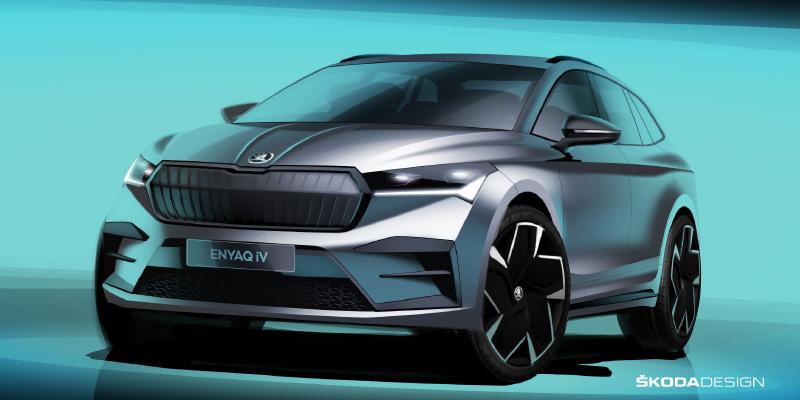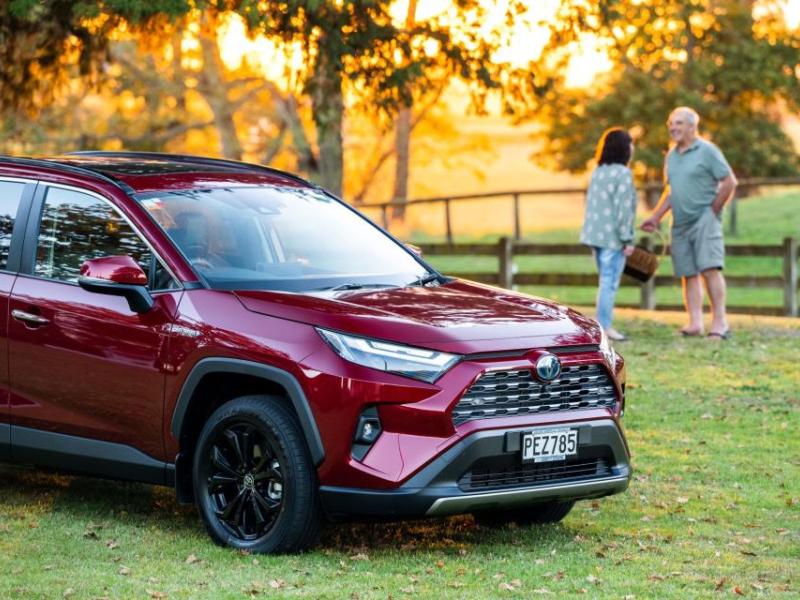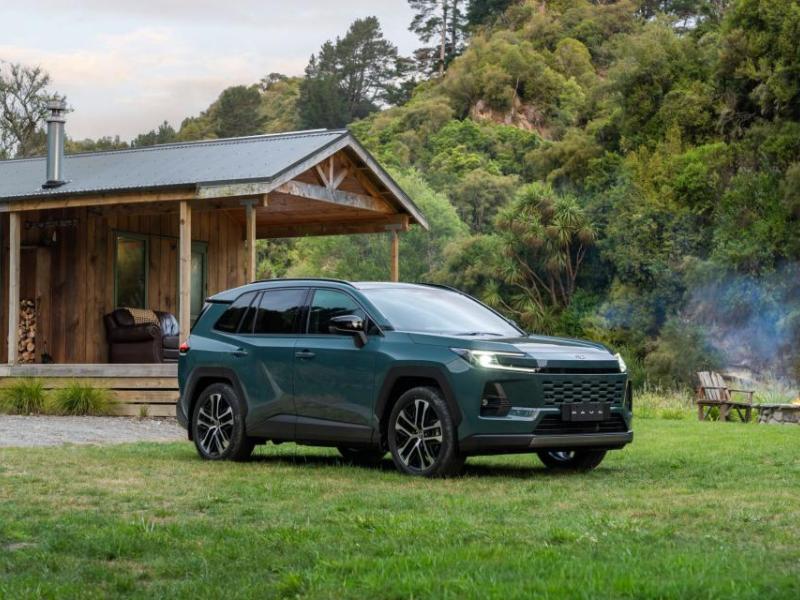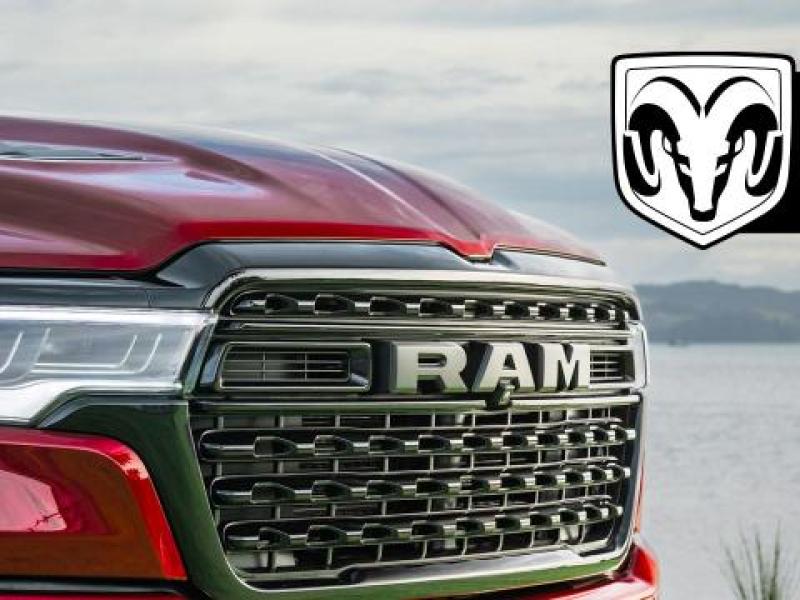One day, when I retire, I’m going to take this little act to Detroit and make a fortune. Here is where dreams and possibilities actually can take shape because they’ve appeared on paper and somebody thought about it and said, “y’know, that might just work.”
Or at least, that’s the way it has been in the past. It seems the stuff of dreams and flights of fancy get turned to realities a little faster these days, though I’m still hanging out for the SUV that travels on land AND water.
I’m not too worried about flying SUVs coming to market, but an amphibian? Yep, that’d be the ultimate recreational vehicle. Would make my job as a reviewer interesting too, I’d have to learn all that new jargon Boating magazines use…
With Covid putting a grinding halt onto vehicle production all over the world, the dreamer’s visions have been detuned a bit, so massive projects are a little light this year and up and coming vehicles are a little more prosaic, but we’ll take a look anyway:
SKODA ENYAQ
Skoda’s Enyaq will lead the charge, with an SUV we know New Zealand is in discussion with the factory about and yet, the imagery we can find is artist representation only.
While it’s a Skoda SUV, the Enyaq doesn’t start with a K and end with a Q. Rather it starts with an E, and it takes no logical leap of brainpower to work out that E must refer to electric and the Q, yes that still identifies the Enyaq as an SUV.
Enyaq does showcase key Skoda DNA, the headlights are similar in shape to the conventional stablemates and at the rear, the tail-lights have a 3D-like effect.
‘’Similar to’’ or ‘’the same as’’ defines the Skoda radiator grille (interesting in an EV which doesn’t need a radiator; this could be an industry first!) and – for all that the Enyaq looks a little barrel-like, we can assume that in the metal, it’s going to look considerably slimmer and sleeker, as has usually been the case with Skodas of the past.
The Skoda is built on the MEB electric platform as conceived by the Volkswagen Group and – as a demonstration of the platform’s versatility – that takes us neatly to the next future SUV, the Volkswagen ID4.
VOLKSWAGEN ID4
Volkswagen has been engineering the future to build vehicles with an ID family member alongside, thus creating a new independent product range. The ID4 is the second model.
Built to traditional SUV values of space, flexibility and an ultra-modern appearance, the ID4 has a luggage capacity far in excess of the segment standard and in fact internal dimensions promote the perception that this vehicle belongs in the next class up.
As to the motivation, the battery stores up to 77kWh enabling a range of up to 520kms, while a 150kW electric motor at the rear axle delivers a top speed of 160km/h. The ID4 also has a 210mm ground clearance, suggesting it will perform off road.
NISSAN ARIYA
And another one with off road capability, though this is more for snow conditions is the new EV from Nissan, the Ariya. Whether this one will make it here or even Australia, is somewhat questionable, but of the two countries, New Zealand would seem to be the better bet for the C-segment SUV which feels closer to a D-segment. It’s closest size competitor would be the Mazda Cx-5.
Ariya has 2WD and AWD ability, though the AWD on its own makes more sense.
Nissan’s hero electric is the Leaf, but Nissan is predicting Ariya to outperform the Leaf in terms of sales, especially considering the Ariya AWD version comes with a second electric motor to improve performance overall.
Nissan has a master plan to filter Ariya’s tech down to the next generation Leaf and beyond that to the third all electric offering from the brand, competing with Volkswagen’s ID3.
NISSAN X-TRAIL
The Nissan X-Trail looks set to continue with slight upgrades to its design, but big changes under the bonnet with low emission options. Australia however, is unlikely to take these on board.
Whether NZ takes them is a matter of speculation too. From a consumer’s perspective, a LEV X-Trail makes competitive sense in New Zealand especially following on from the rampant success of the hybrid Toyota Rav4.
The arrival time is yet to be advised, but an educated guess suggests the 2.5 litre, four-cylinder engine will remain in service but its outputs will be boosted to 135kW of power and 245Nm of torque.
The underpinnings are all new and able to be transferred between brands making the Renault Nissan alliance.
RENAULT ARKANA
We haven’t seen anything on the Renault Arkana yet and it may be turning up here, but then it may not. Arkana is supposed to replace
the Kadjar, another Renault which
we only see here by the good graces
of dealers who have privately
introduced them. Arkana would sit in between the new Captur and Koleos which we will see in 2021. If it gets here, it will owe its arrival to the recently launched Duster SUV.
Despite being a French product Arkana is built in south Korea, which might make it a viable product for our market. There is no word on engines, transmissions or drivetrains, but speculation suggests a 1.3 litre turbo petrol and a seven-speed dual clutch transmission.
As an alternative, Renault NZ may be able to negotiate a 1.6 litre petrol engine coupled to two electric motors and a 9.8kWh battery pack.
KIA STONIC
A 1.6 litre turbo diesel is available in other markets, but Aussie isn’t taking it so we probably won’t either. The Kia Stonic, which unbelievably sits under the Kia Seltos, might get to us with a 1 litre, three-cylinder petrol, as found in the Rio GT-Line.
If we take it, Stonic will likely rip into its sector as the Seltos has done and, like the Seltos, has a variety of models available. These are well equipped with autonomous emergency braking, blind-spot detection, rear cross-traffic alert, lane-keeping assist, driver attention warning, high-beam assist and tyre pressure monitoring as standard.
There are, as there always will be, more vehicles to come – especially in the SUV market, which is seeing change the further we go with it. By way of example, Kia Australia has reimagined the Carnival, another vehicle we are likely to see here.
The difference is the way Carnival is being marketed in Australia. The Carnival is classified currently as an MPV but MPVs are still not cool. The Carnival in Australia is going to be considered a Grand Utility Vehicle, taking advantage of trendy semantics to ensure its ongoing success.
Whattya reckon New Zealand? Want to drive a SUV… or a GUV?
The face of the automotive industry is one that is constantly changing and after the changes we have seen in 2020, its very clear there are many more to come – let’s just try and keep it on the positive side for 2021 shall we?







